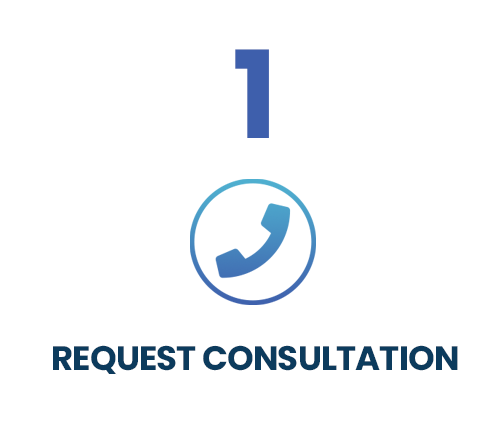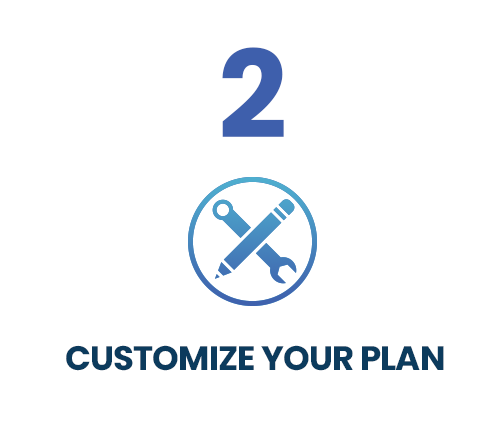When most people think of SEO and on-site optimization in particular, they think of optimizing content, meta tags, and code. A Web site’s design is usually not taken into account because it is not understood how Web design aesthetics impact SEO performance.
Search Engines and User Engagement
The way a Web site looks can have a significant impact on its SEO performance. Search engines want to provide users with the most relevant and useful information possible. Therefore, search engines take into strong consideration how visitors engage with a Web site when determining where to position it within the rankings. With all else equal, a Web site that has high user engagement will rank better than a Web site with low user engagement. Why? Because user engagement is a signal to the search engines regarding whether or not a Web site is providing what users are looking for. If users are not engaging with a Web site, then a search engine can deduce that its users are not finding that particular Web site very useful.
Search engines use many metrics to measure user engagement, but a site’s bounce rate (percentage of visitors who never make it past the landing page) and the average amount of time visitors stay on a site, are two key indicators of a site’s ability to engage users. The more pages users visit and the longer they stay on the site, the higher their engagement with the site. Search engines typically will not allow Web sites that have poor engagement metrics such as high bounce rates and a low average time on site to rank better than Web sites that are the same in all other respects, but have low bounce rates and a high average time on site.
Web Design and its Impact on User Engagement
User engagement starts with a Web site’s design. Users make the decision of whether to leave or remain on a site within seconds of landing on it. If a Web site is unattractive, outdated, or just poorly designed, many users will leave immediately upon entering based on a negative first impression. This results in a high bounce rate and low average time on site which can have a negative impact on rankings. This is one of the primary reasons why a Web site’s design is so essential to its SEO success.
Another major reason why design aesthetics are so important to a Web site’s SEO success is because a high quality professional design is more likely to convert search traffic into new sales. While there are many factors that go into a Web site’s ability to convert traffic into sales, particularly usability factors, a Web site’s design is an essential component of the conversion process. So, even if the Web site has managed to achieve first page rankings, a poorly designed Web site will have a tough time converting search traffic into customers because the quality of content on the site, the value of the services it offers, the competitive pricing, and all other benefits it provides do not matter if users are not willing to stay on the site long enough to learn about them.
In conclusion, a well-rounded SEO strategy takes into strong consideration the quality of a Web site’s design. If your Web site is not designed well, then it may be worth investing in a professional site re-design in order to get the best results from your SEO campaign.




